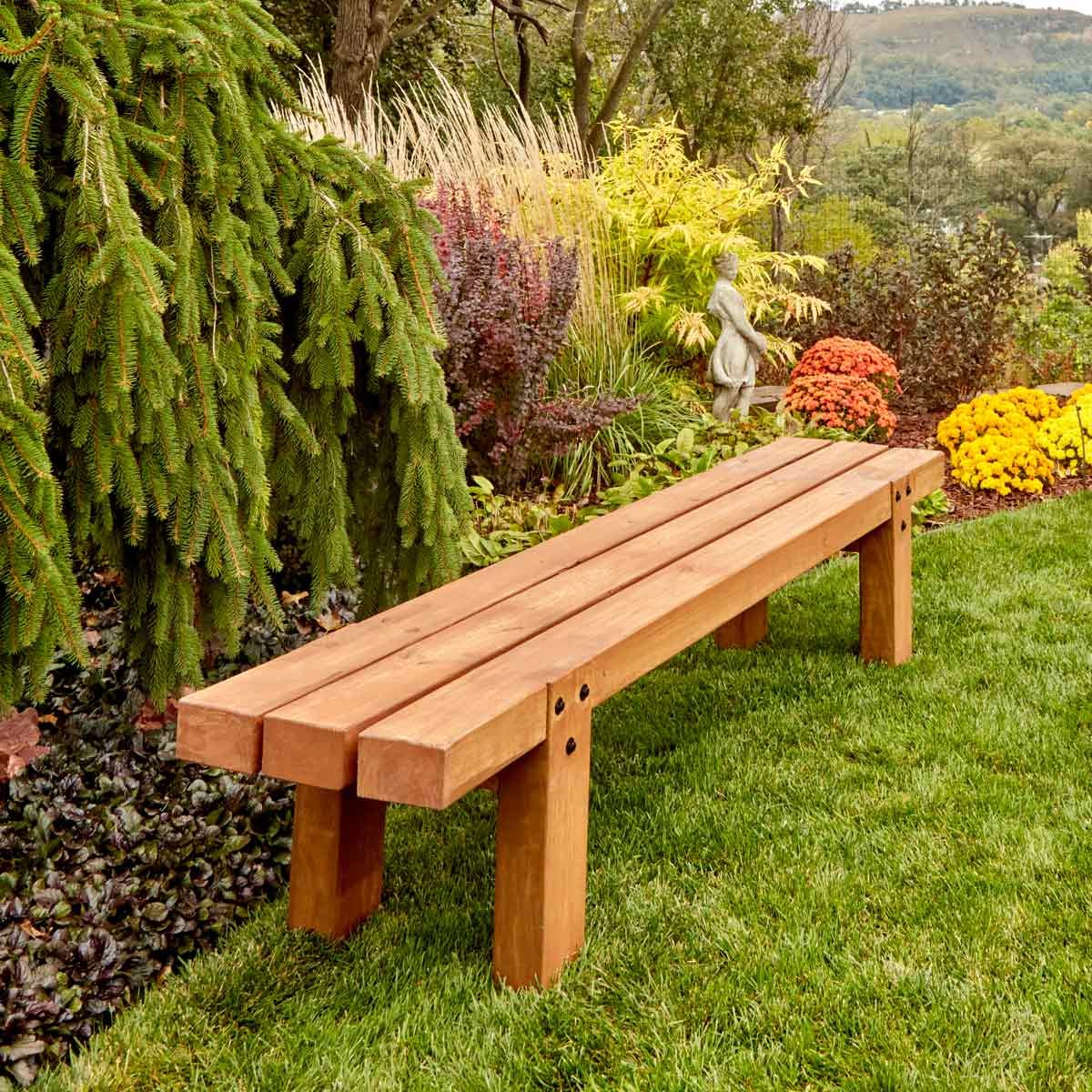
Crafting Beauty and Utility: Building Stunning and Functional Wooden Projects
The allure of woodworking lies in its ability to transform raw materials into objects of both beauty and practicality. Whether you're a seasoned craftsman or a curious beginner, the journey of creating a functional wooden piece is deeply rewarding. This article guides you through the process, emphasizing design considerations and practical techniques to ensure your projects are not only visually appealing but also serve their intended purpose effectively.
Designing for Both Form and Function
The foundation of any successful woodworking project rests on thoughtful design. Don't rush into construction before meticulously planning every detail. Consider the project's intended use: Will it be a sturdy coffee table, a delicate jewelry box, or a robust garden bench? This dictates material selection, joinery techniques, and overall aesthetic. Sketch your design from multiple angles, experimenting with different dimensions and styles. Digital design tools can also be invaluable, allowing for precise measurements and 3D visualizations before you ever touch a piece of wood.
Prioritizing Functionality
Functionality should never be an afterthought. A beautiful piece that is impractical is ultimately a failure. Ask yourself: How will this item be used? Where will it be placed? What stresses will it endure? For example, a coffee table needs a strong, stable base capable of supporting weight, while a jewelry box requires intricate details and secure compartments. Thoroughly addressing these questions early ensures a final product that truly serves its purpose.
Embracing Aesthetics
While functionality is crucial, don't underestimate the power of aesthetics. The beauty of wood lies in its natural grain and variations in color. Highlight these qualities by selecting appropriate finishes and joinery methods. Consider the overall style: Do you prefer clean, modern lines or rustic, handcrafted charm? Choose a finish that complements the wood and the project's intended setting. A simple oil finish can enhance the wood's natural beauty, while a more elaborate stain or paint can achieve a specific aesthetic.
Choosing the Right Materials and Tools
The success of your project heavily relies on selecting the appropriate materials and tools. Different wood species possess unique properties: some are harder and more durable, others softer and easier to carve. Consider the wood's grain, density, and resistance to moisture. For example, oak is ideal for furniture due to its strength and durability, while pine is a popular choice for less demanding projects due to its affordability and ease of working. Gather all necessary tools before commencing the project. Invest in quality tools, as they significantly improve accuracy, precision, and overall safety.
Essential Tools for Success
Beginners should start with a basic tool kit that includes:
- Measuring tape and square
- Hand saw or circular saw
- Chisels and mallets
- Sandpaper (various grits)
- Clamps
- Safety glasses and dust mask
As your skills progress, you can gradually expand your tool collection.
Mastering Essential Woodworking Techniques
Proficiency in fundamental woodworking techniques significantly impacts the final product's quality. Accurate measuring and cutting are paramount. Practice your cuts on scrap wood before working on your actual project. Learn various joinery methods, such as mortise and tenon, dowel joints, or biscuit joints, each offering unique strength and aesthetic appeal. Pay close attention to detail during assembly, ensuring all components align precisely and securely. A well-executed joinery is as crucial to functionality as it is to the project's visual appeal.
The Importance of Finishing Touches
Finishing is the final, yet crucial, step. Proper finishing protects the wood from moisture and wear, enhancing its durability and beauty. Sanding is essential to achieve a smooth surface. Start with coarser grits and progressively move to finer grits for a polished finish. Apply your chosen finish according to the manufacturer's instructions, ensuring even coverage and avoiding drips or runs. Allow sufficient drying time between coats.
By carefully considering design, selecting appropriate materials and tools, and mastering fundamental woodworking techniques, you can confidently create wooden projects that are both beautiful and functional, pieces that you'll cherish for years to come.
No comments:
Post a Comment
Note: Only a member of this blog may post a comment.